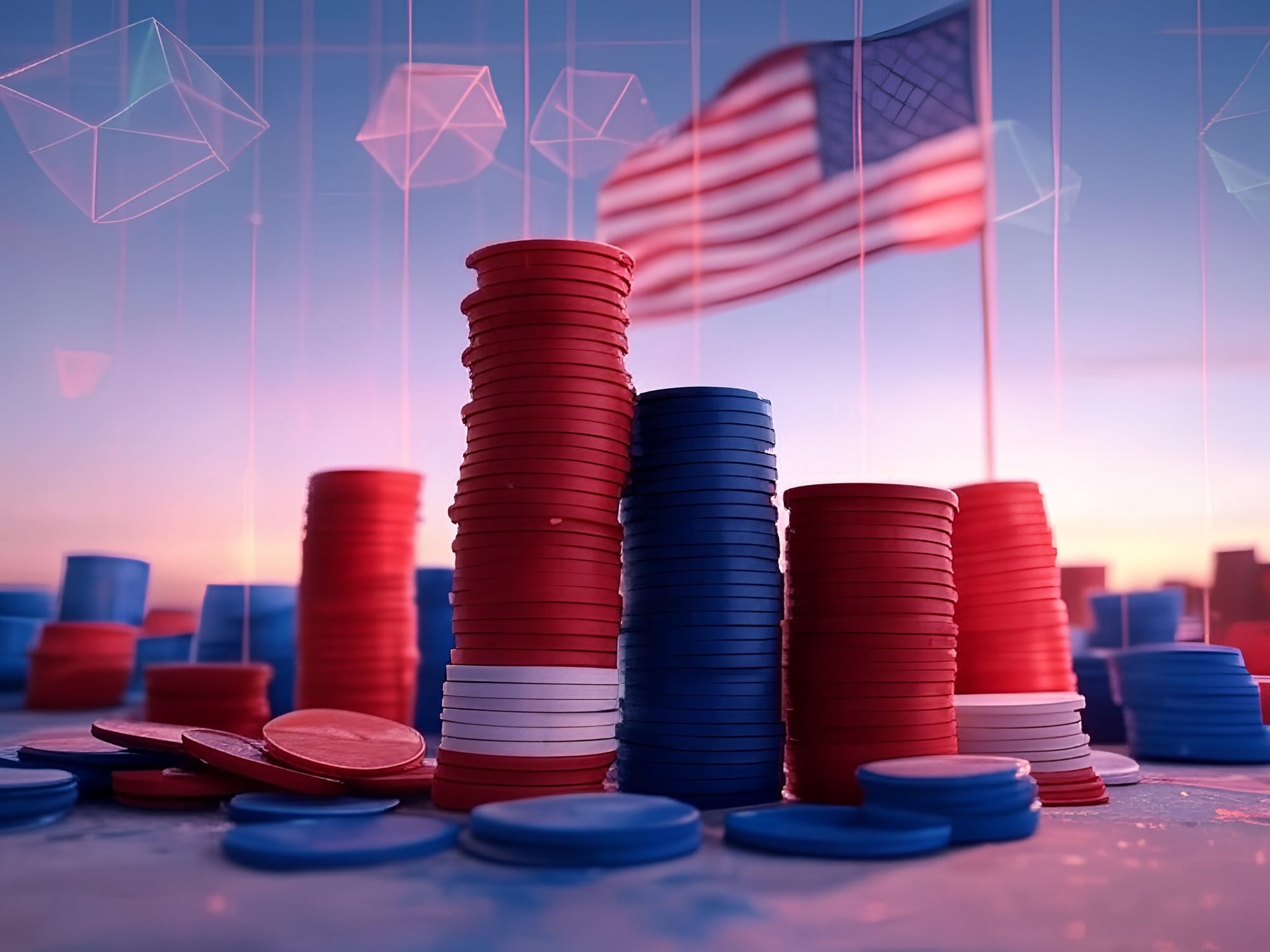Possible Candidates for Cryptocurrencies on Trump’s National Stockpile List

Earlier today, President Donald Trump announced an executive order to add a U.S. national stockpile of cryptocurrencies. This speculative move comes as part of a broader strategy to integrate cryptocurrencies into national reserves, potentially signaling a shift towards recognizing and utilizing blockchain technology at a governmental level.
The possible list of cryptocurrencies under consideration can be vast, but let’s take a look some of the top picks.
Here are the top five cryptos that I think the Trump admin will add as part of the National Stockpile (not what I want, but what I think they will add):
— DΛVID (@DavidShares) January 23, 2025
USD Coin (USDC)
Bitcoin (BTC)
Ethereum (ETH)
Solana (SOL)
XRP (XRP)
Some wildcards if it’s more than five:
Dogecoin (DOGE)…
The first cryptocurrency on this list is USD Coin (USDC), which seems like a natural choice given the Trump administration's interest in stablecoins. USDC, being an American company that pegs its cryptocurrency to the U.S. dollar, would provide a stable foundation for any national stockpile, offering a bridge between traditional finance and the burgeoning crypto world.
Following closely is Bitcoin (BTC), the undisputed king of crypto, which has always been a clear candidate for inclusion due to its dominance and widespread recognition. The idea of adding Bitcoin to a national reserve has been floated by Trump during his campaign, suggesting a long-term vision for digital assets in government holdings.
Ethereum (ETH) also makes the cut, not just because of its position as a top cryptocurrency, but due to its connection with Trump's World Liberty Financial company, which has invested significantly in Ethereum-based assets like wrapped Bitcoin. This investment reflects a deeper integration of Ethereum's smart contract capabilities into financial strategies.
Solana (SOL) is another notable mention, especially after the successful launch of TRUMP memecoin on its blockchain, highlighting the platform's growing importance and efficiency in handling high-profile digital asset projects.
The inclusion of XRP (XRP) ties back to its American roots and the active lobbying by Ripple's CEO, Brad Garlinghouse, for favorable regulations under Trump. XRP's potential for facilitating fast international transactions could be a strategic advantage for the U.S. in global finance.
Moving into the realm of potential wildcards, Dogecoin (DOGE) might find its way into the stockpile due to the influence of Elon Musk, whose endorsements have significantly impacted Dogecoin's market. Litecoin (LTC), though less prominent, retains a loyal following and could serve to round out the list with a cryptocurrency known for its reliability and speed.
Tron (TRX) and AAVE (AAVE) are also considered, both being part of the investment portfolio of World Liberty Financial, indicating a preference for platforms that support decentralized finance (DeFi) innovations. Lastly, Cardano (ADA) rounds off the list, adding a touch of academic prestige to the mix, given its focus on research-driven blockchain solutions and being an American company.
The Strategic Implications
The inclusion of these cryptocurrencies into a National Stockpile would not only legitimize digital assets at a federal level but also position the U.S. as a pioneer in the integration of blockchain technology into national policy. This move could influence global economic strategies, setting a precedent for how countries might manage digital currencies in their reserves.
By focusing on cryptocurrencies with strong American ties or significant influence from notable figures like Elon Musk, the Trump administration would be weaving a narrative of innovation, stability, and strategic foresight. This could potentially enhance the U.S.'s position in the global financial landscape, especially in an era where digital assets are gaining traction.
In conclusion, while these are speculative inclusions based on current interests and investments, the potential for such a bold move by the Trump administration could herald a new era for cryptocurrencies. It reflects a vision where digital currencies are not just speculative assets but integral components of national economic strategy.

